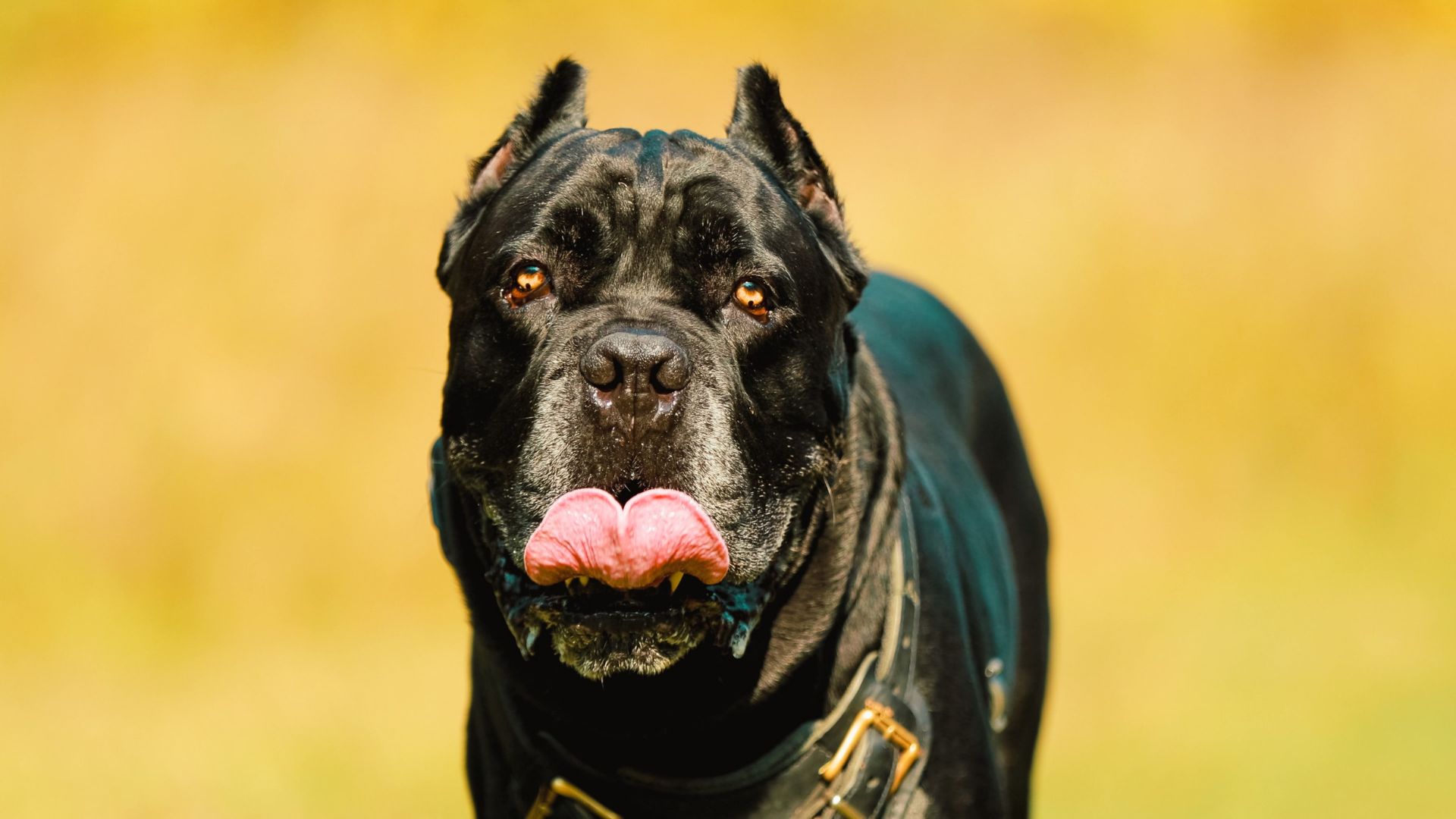
Contents
Understanding the most dangerous dog breeds is crucial for potential dog owners and the general public. These breeds are often recognized for their size, strength, and temperament, which can pose risks if not properly managed. Recognizing the potential dangers associated with these breeds helps in making informed decisions about pet ownership and promotes responsible practices. Misunderstanding or underestimating their power and needs can lead to serious consequences, including aggressive behavior and attacks. By being aware of the potential dangers, communities can implement better policies and support systems for managing these dogs.
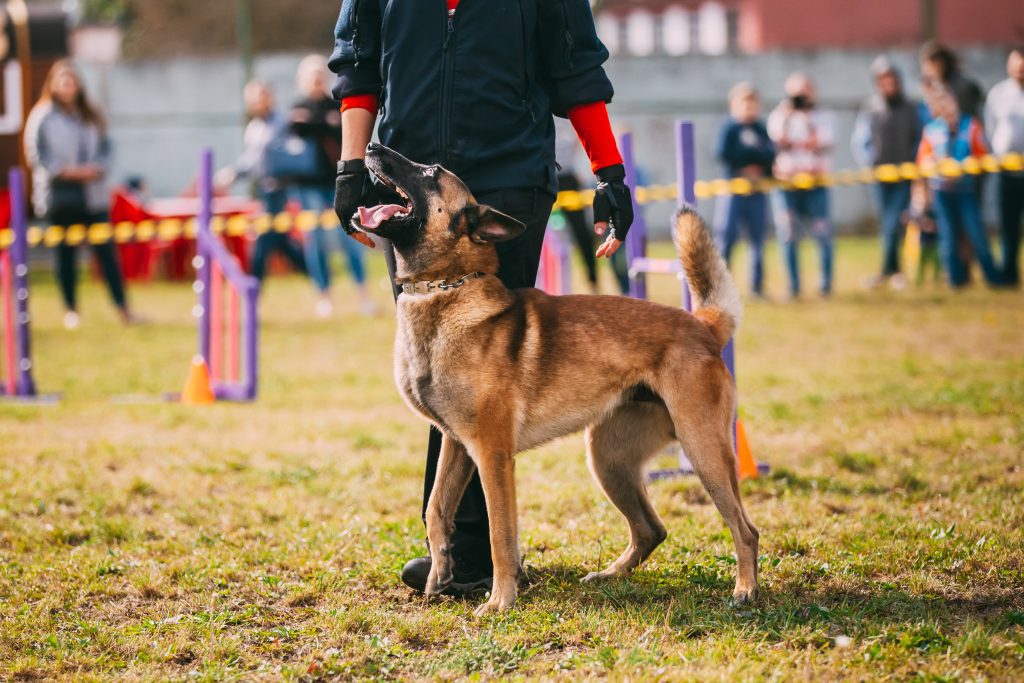
Understanding Dangerous Dog Breeds
Understanding what makes certain dog breeds dangerous involves several factors. Firstly, we typically define a dangerous dog breed by its potential to cause harm due to its size, strength, and aggression levels. Factors that contribute to a breed’s potential danger include physical attributes like bite force and muscular build. Additionally, behavioral tendencies such as territoriality and protective instincts, as well as historical incidences of aggression or attacks, play a role. However, it’s essential to differentiate myths from facts. Not all dogs within a so-called dangerous breed are aggressive; much depends on upbringing, training, and socialization. Moreover, myths often exaggerate the dangers, while responsible ownership and proper training can mitigate many risks.
Criteria for Determining Dangerous Breeds
To determine which dog breeds are considered dangerous, we examine historical data, physical characteristics, behavioral traits, and legal classifications. A breed’s history of aggression or attacks is a significant criterion, with breeds having a high incidence of bites or violence being more scrutinized. Physical attributes such as size, strength, and bite force also play a crucial role; larger, stronger dogs like Pit Bulls and Rottweilers are capable of causing significant harm. Temperament and behavioral traits are key as well, with breeds known for territoriality, protectiveness, and reactivity posing higher risks. Legal classifications and breed-specific legislation (BSL) further contribute by imposing restrictions or bans on certain breeds based on perceived threats to public safety. This combination of factors helps identify and manage potentially dangerous dog breeds.
List of Most Dangerous Dog Breeds
Pit Bull Terrier
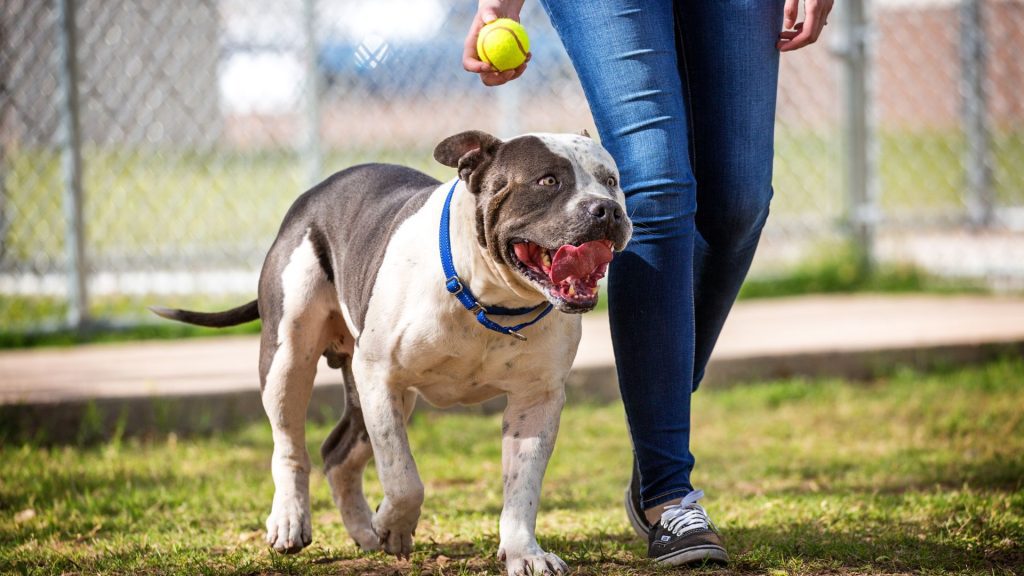
Pit Bull Terriers are often at the center of debates regarding dangerous dog breeds. Originating from England, these dogs were initially bred for bull-baiting and later for dog fighting. They are known for their strength, agility, and tenacity. Unfortunately, these traits, combined with improper training and socialization, have led to numerous incidents of aggression and attacks. Despite their reputation, many Pit Bulls are affectionate and loyal pets when raised in a positive environment.
Rottweiler
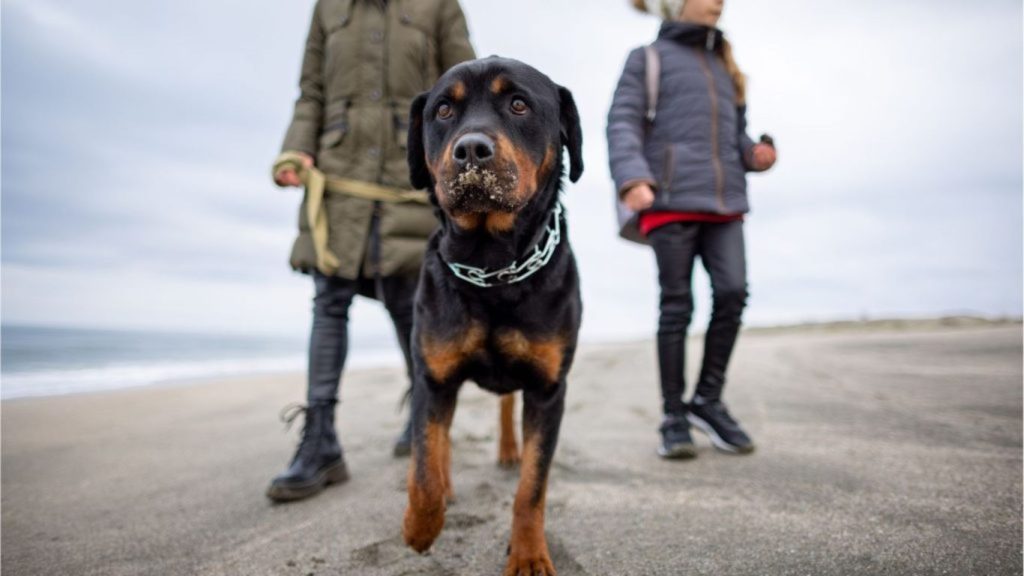
Rottweilers are large, powerful dogs originally bred in Germany for herding and guarding livestock. They are known for their protective nature and strong territorial instincts. With a bite force of around 328 PSI, they can cause significant injury if they feel threatened or perceive a threat to their family. Proper training and socialization from an early age are crucial to managing their natural protective tendencies.
German Shepherd
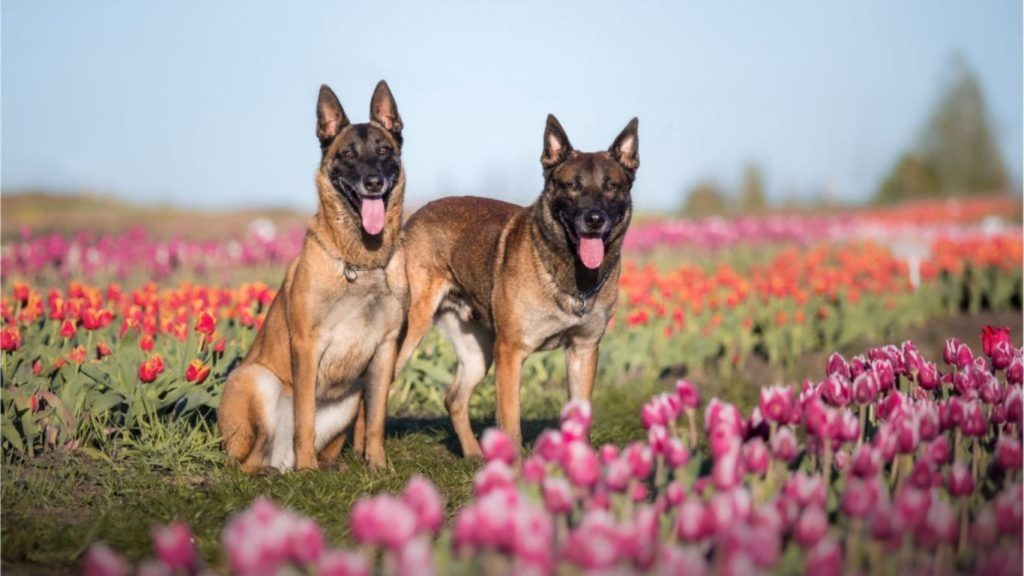
German Shepherds are highly intelligent and versatile working dogs, often used in police and military roles. Their loyalty, courage, and strong protective instincts can make them formidable guard dogs. However, these same traits can lead to aggressive behavior if not properly managed. German Shepherds require consistent training and mental stimulation to ensure they remain well-behaved family pets.
American Bulldog
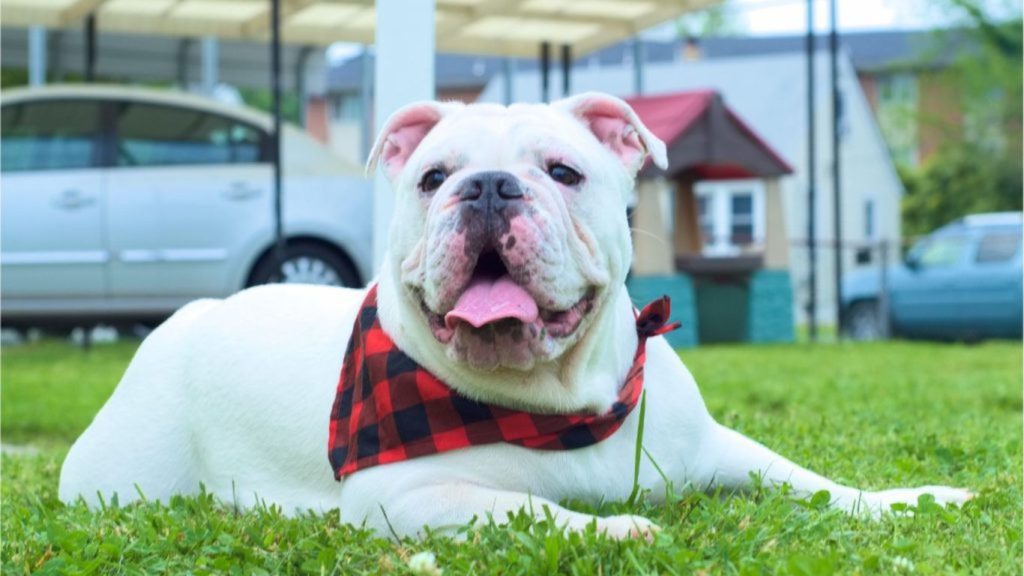
American Bulldogs are muscular, athletic dogs known for their strength and determination. Originally bred for farm work and guarding property, they have a strong prey drive and protective nature. While they can be affectionate and loyal companions, their size and strength mean they require firm, consistent training and socialization to prevent aggressive behavior.
Bullmastiff
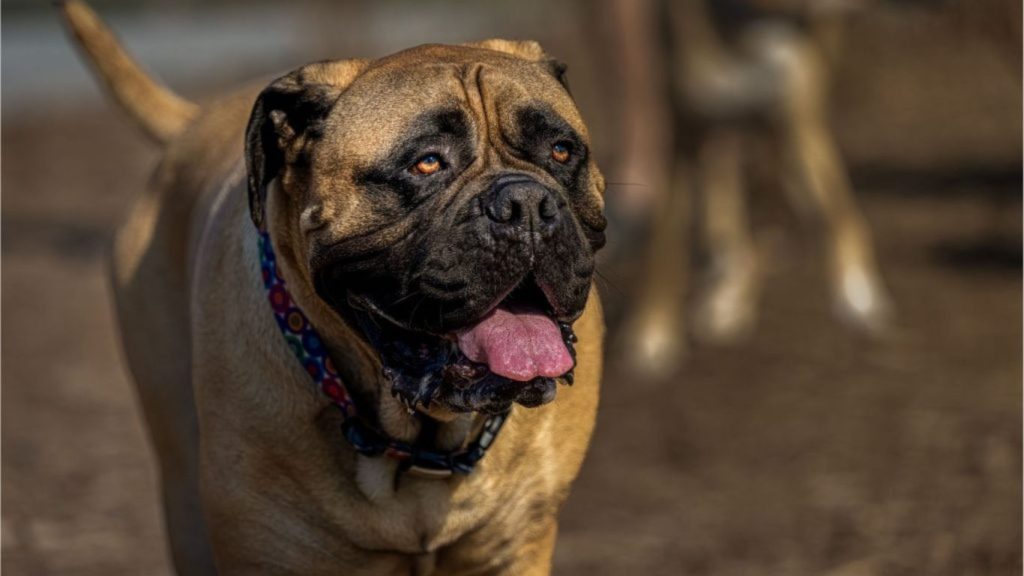
Bullmastiffs are large, powerful dogs bred to guard estates. They are known for their loyalty and protective instincts. While generally calm and gentle with their families, Bullmastiffs can become aggressive if they feel threatened or if they encounter strangers. Early socialization and training are essential to ensure they differentiate between real threats and normal social interactions.
Siberian Husky
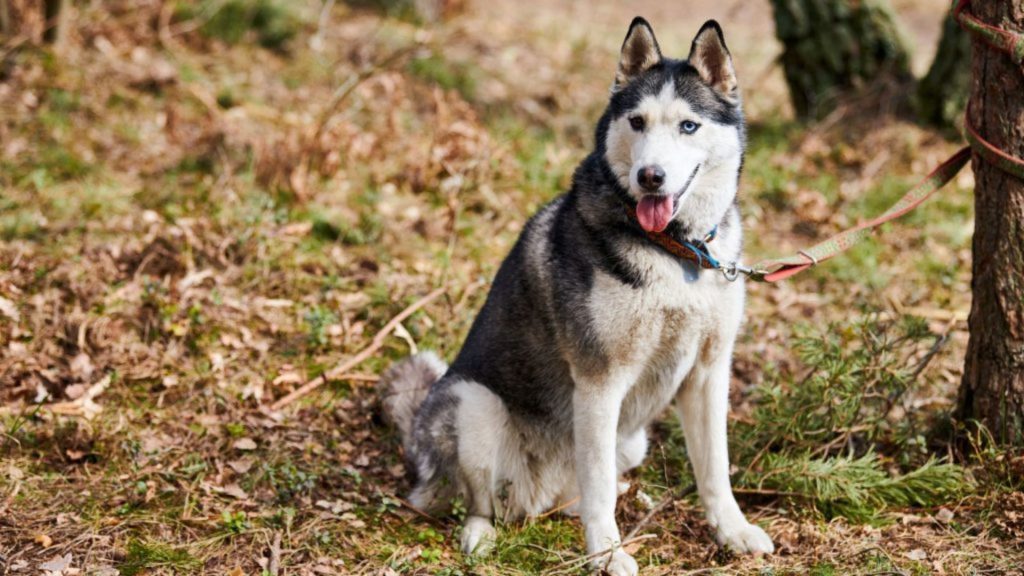
Siberian Huskies are energetic, independent dogs originally bred for sledding in harsh climates. They are known for their striking appearance and high energy levels. While not typically aggressive towards humans, their strong prey drive can lead to dangerous behavior around smaller animals. Proper training and socialization are key to managing their natural instincts and ensuring they are well-adjusted pets.
Alaskan Malamute
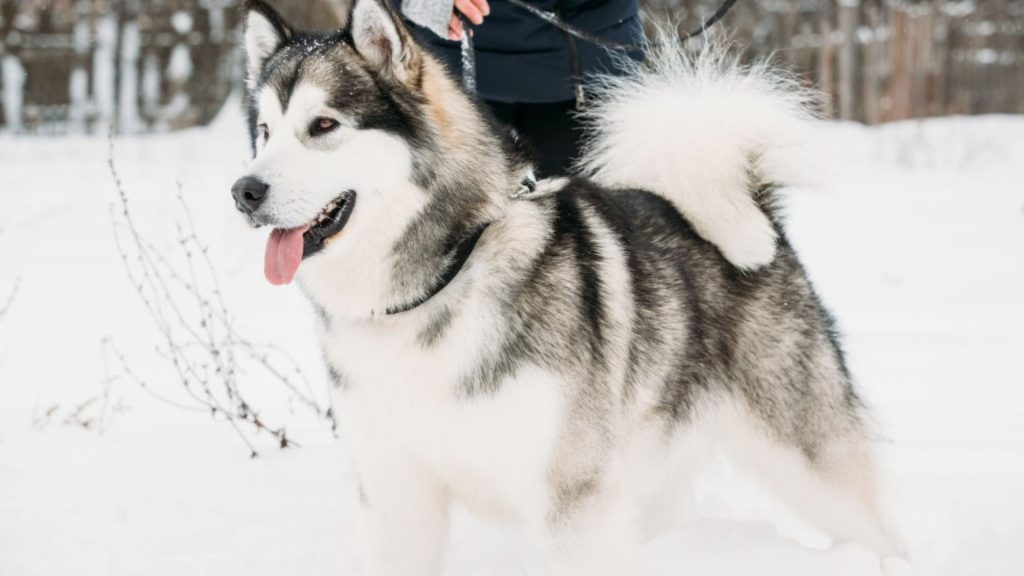
Alaskan Malamutes are large, strong dogs bred for hauling heavy loads in harsh conditions. They share many traits with Siberian Huskies, including a strong prey drive and independent nature. Malamutes require an experienced owner who can provide firm, consistent training and plenty of physical activity. Without proper management, their size and strength can make them difficult to handle.
Doberman Pinscher
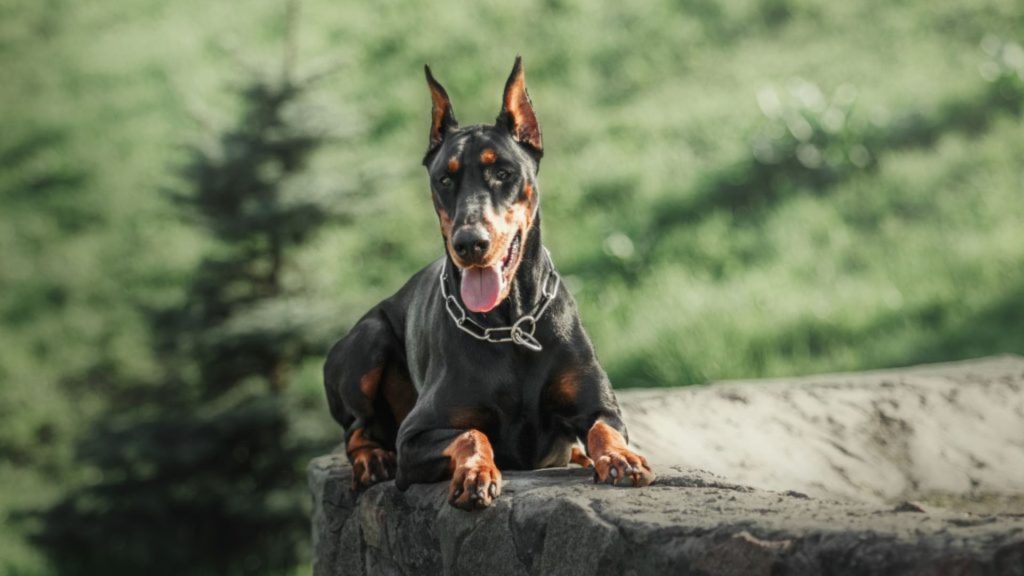
Doberman Pinschers are sleek, intelligent dogs known for their loyalty and protective nature. They were originally bred as guard dogs and have a strong instinct to protect their families. While generally affectionate with their owners, Dobermans can be wary of strangers and may exhibit aggressive behavior if they perceive a threat. Early socialization and training are crucial to ensure they are well-adjusted and manageable.
Chow Chow
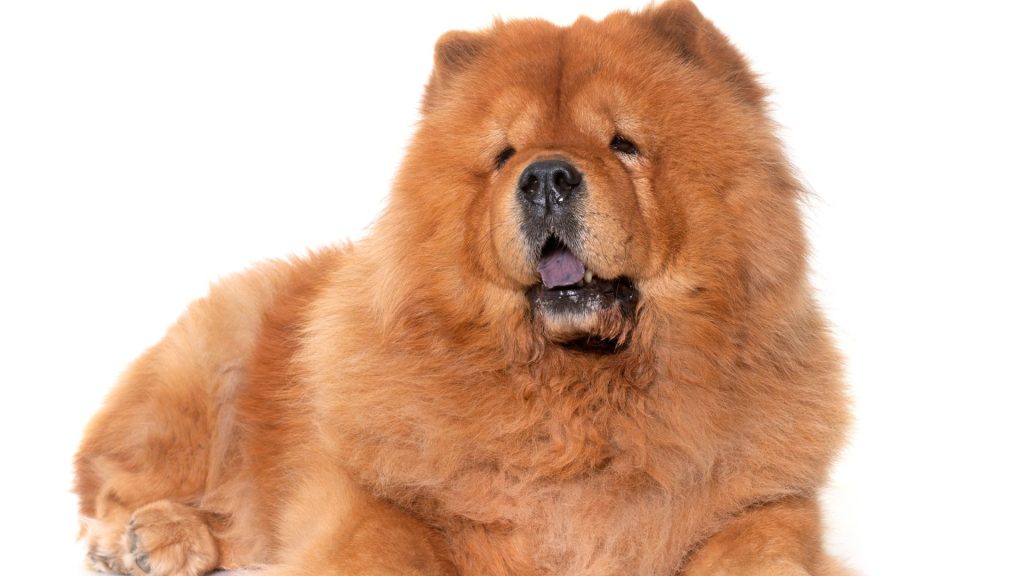
Chow Chows are distinctive-looking dogs with a strong-willed and independent nature. Originating from China, they were originally bred for hunting and guarding. Chow Chows are known for their protective instincts and can be aloof or aggressive towards strangers. Proper socialization from an early age is essential to prevent aggressive behavior and ensure they can distinguish between friend and foe.
Great Dane
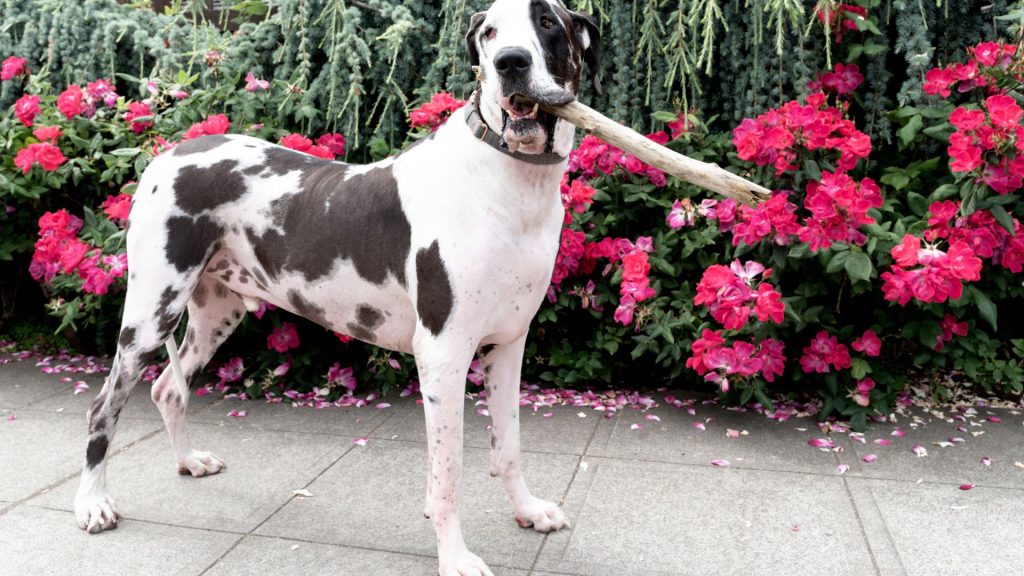
Great Danes are known for their imposing size and gentle nature. Despite their generally friendly disposition, their sheer size and strength can make them dangerous if they become aggressive. Proper training and socialization are necessary to ensure they are well-behaved and manageable. Great Danes require plenty of space and a responsible owner who can handle their size.
Preventing and Managing Dangerous Behavior
Responsible dog ownership is key to preventing and managing dangerous behavior in these breeds. Proper training, socialization, and early intervention are essential. Recognizing warning signs of aggression, such as growling, snapping, or prolonged staring, can help prevent incidents. Ensuring these dogs are well-trained and have clear boundaries reduces the risk of aggressive behavior.
Legal and Ethical Considerations
Breed-specific legislation (BSL) aims to reduce the risk of dog attacks by restricting or banning certain breeds. While BSL is controversial and often criticized for being unfairly discriminatory, it reflects societal concerns about public safety. Alternatives to breed bans include promoting responsible ownership, offering training programs, and implementing better enforcement of existing laws. Ethical responsibility lies with dog owners and breeders to ensure these breeds are raised in a safe and controlled environment.
Conclusion
Understanding the potential dangers associated with certain dog breeds is crucial for both potential owners and the general public. While some breeds have a higher propensity for aggression due to their physical attributes and behavioral traits, responsible ownership and proper training can mitigate many risks. By being informed and proactive, communities can create safer environments for both humans and dogs, ensuring these powerful breeds are well-managed and integrated into society.
Discover more about pet safety and care at PetFleck.com. Visit now to find expert tips and resources for responsible pet ownership!

Hello, I’m Donna Carter, the founder and writer behind PetFleck.com. My journey with dogs started years ago, and it’s been a passion that has only grown stronger over time. I’ve always been fascinated by the unique behaviors and characteristics of different dog breeds, and this curiosity has led me to dive deep into the world of canine studies.
My love for dogs is the driving force behind everything I do. I’ve dedicated countless hours to researching and understanding the nuances of dog care, training, and breed-specific traits. This dedication helps me create content that is not only informative but also genuinely helpful for fellow dog lovers and owners.
At PetFleck, I combine my extensive knowledge and hands-on experience with my passion for dogs to provide valuable insights and tips. Whether it’s exploring different breeds or offering practical advice on dog care, I aim to share knowledge that makes a real difference in the lives of dogs and their families.
I’m thrilled to share my love for dogs with you through my writing. I hope my articles inspire and inform, helping you to better understand and appreciate the incredible bond we share with our furry friends.
Thank you for visiting PetFleck.com, and I look forward to connecting with you through our shared love of dogs!

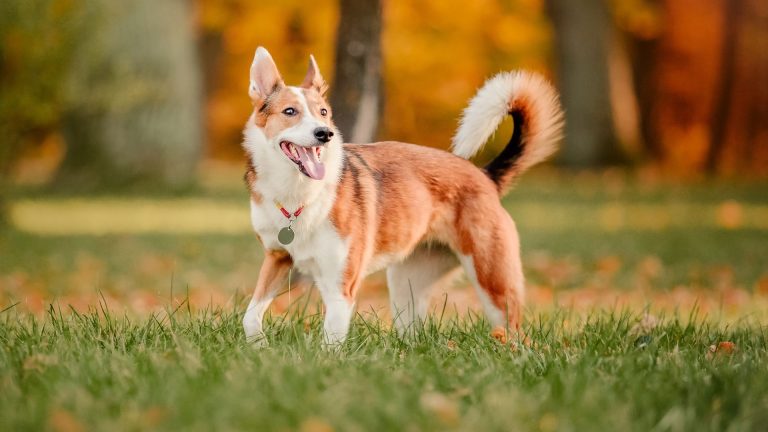
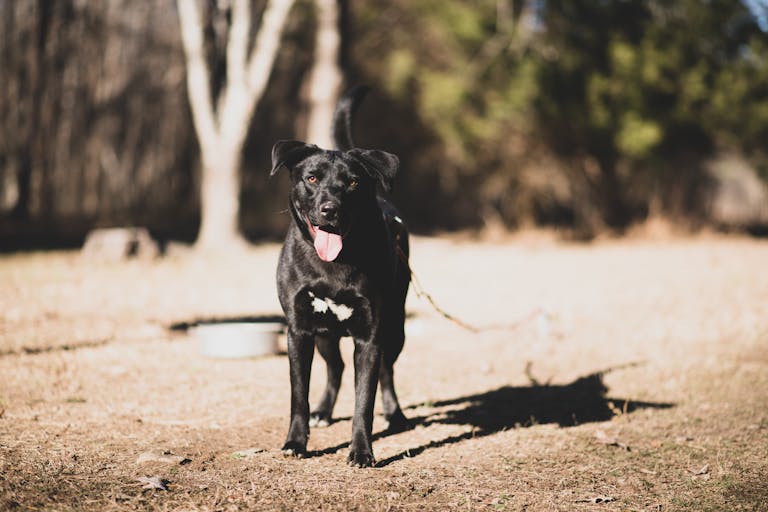
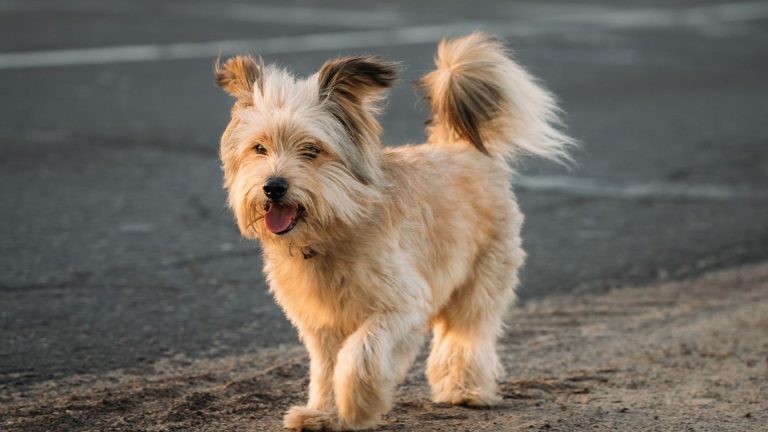

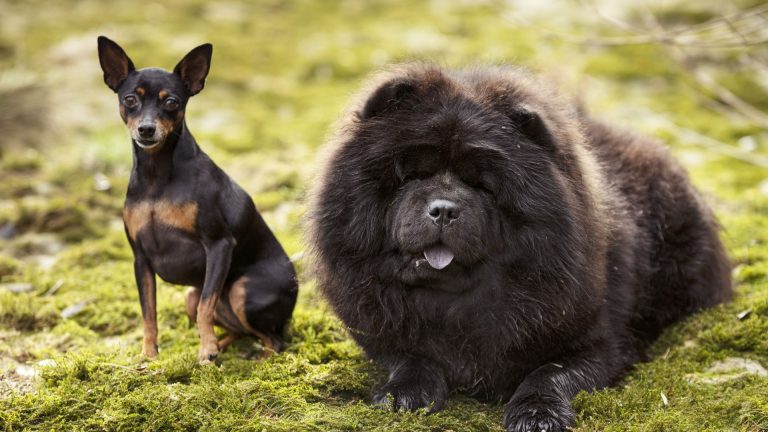

One Comment